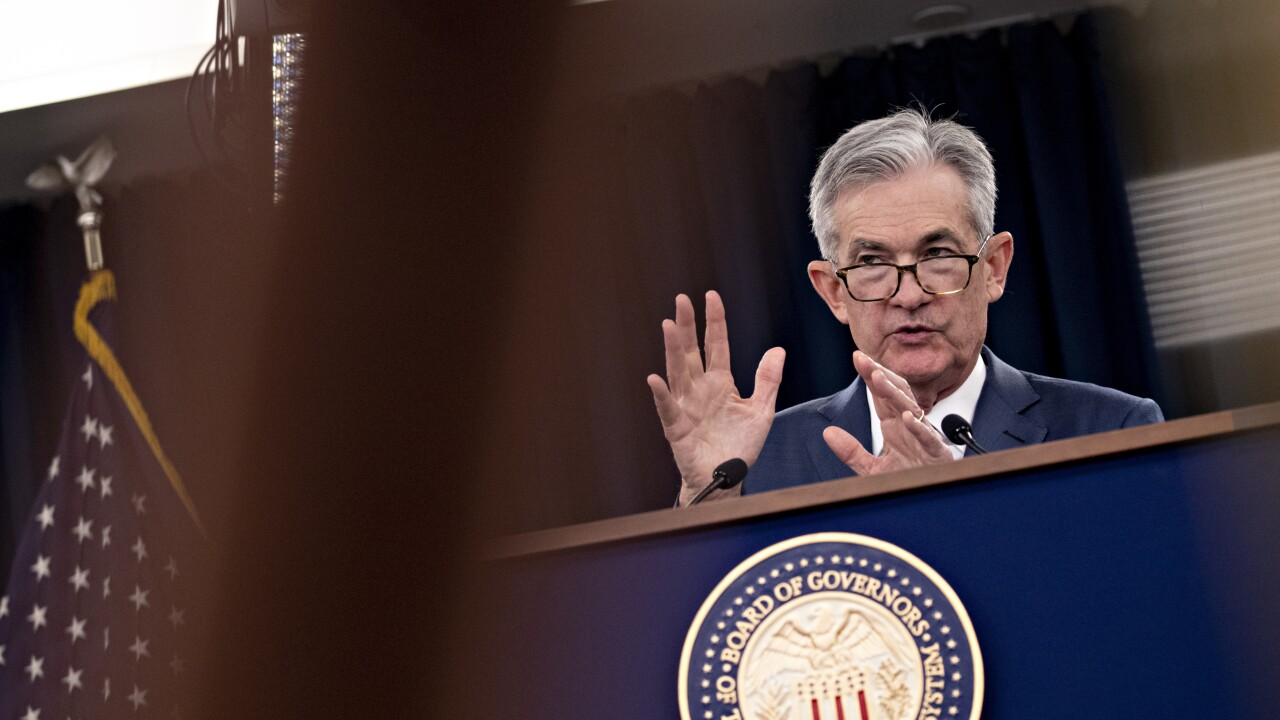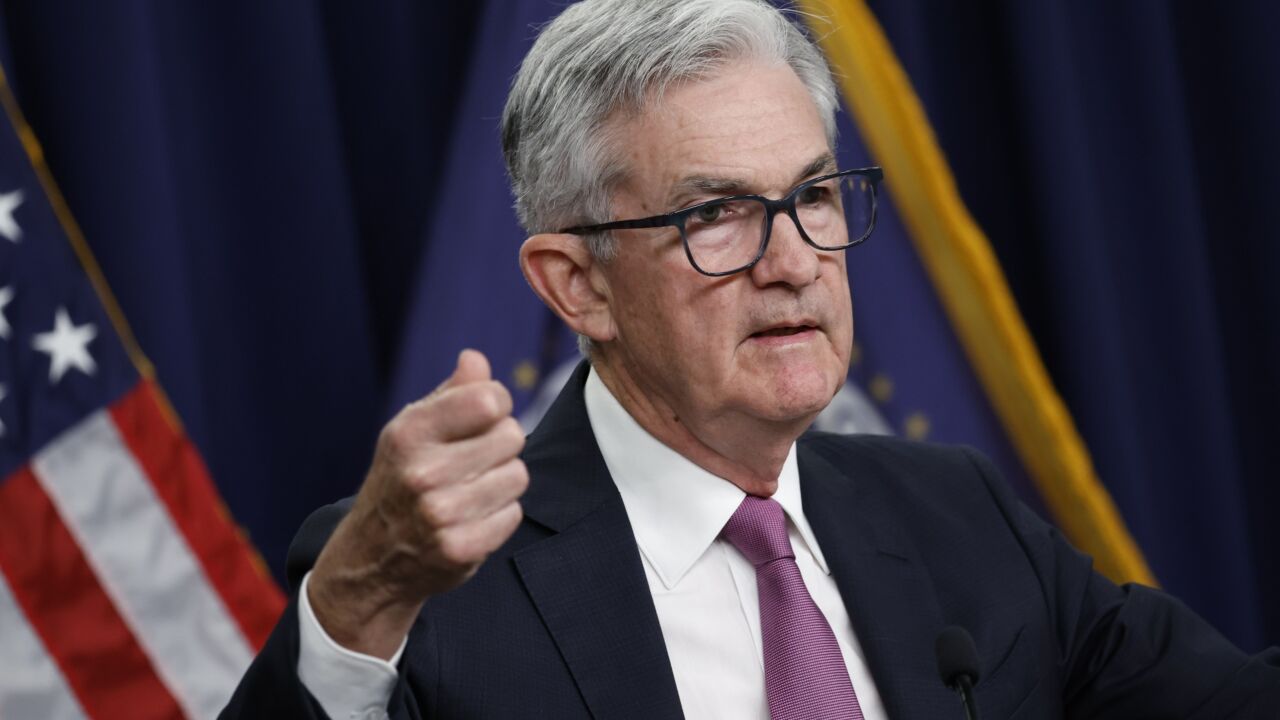-
The central bank wants to let Trump's policies play out across the economy before deciding which way to move interest rates, and it's too soon to know what the impacts will be, the Federal Reserve chair said.
April 4 -
The Federal Reserve governor said it is healthy to examine the regulatory architecture, but stressed the importance of the central bank having insight into the banking system.
March 28 -
After the Federal Reserve moved to slow the pace of quantitative tightening, the Fed chair floated the idea of continuing to allow mortgage-backed securities to roll off its books even after the central bank has met its monetary policy objectives in reducing its balance sheet.
March 19 -
A March 2025 survey by the National Association for Business Economics shows growing inflation concerns — and a diminishing chance of rate cuts — in 2025, but also optimism about avoiding a recession.
March 3 -
Notably, Trump described the January decision to hold rates steady – which looks set to be the Fed's stance for some time — as "the right thing to do."
February 28 -
The Federal Reserve's preferred inflation index showed little progress toward its target of 2%, increasing the likelihood of a prolonged rate pause.
February 28 -
The president's rough-and-tumble trade negotiations have throttled financial markets, causing investors to flock to the safety of dollars and Treasuries. But some economists say this style of policymaking could have hurt the U.S.'s safe haven status in the long run.
February 4 -
With the Federal Reserve touting a slower pace of easing, markets are expecting a longer pause. But Gov. Christopher Waller said the next interest rate reduction could come as soon as March because of inflation data.
January 16 -
Seen by many as a logical pick for the Federal Reserve's next vice chair for supervision, Gov. Michelle Bowman wants the institution to focus on safety and soundness issues, tailoring and transparency.
January 9 -
Analysts are unsure what the Federal Open Market Committee will do with monetary policy in 2025. The panel projects two rate cuts, but some analysts expect more, and others see fewer.
December 26 -
The Federal Reserve is poised to make several key decisions during the year ahead that will impact monetary policy both in the near term and for years to come.
December 25 -
The Federal Reserve lowered its policy rate but signaled a more "cautious" approach to future cuts in light of higher inflation expectations. Policy uncertainty was one of several contributing factors to that change in forecast.
December 18 -
Annualized inflation increased to 2.7% in November from 2.6% the previous month, providing further evidence that the economy remains strong despite restrictive monetary policy.
December 11 -
The Federal Reserve chair is not concerned about President-elect Trump nominating his successor well in advance of the end of his term in 2026, saying he is "confident" he will have a productive relationship with the next Treasury Secretary.
December 4 -
Federal Reserve Gov. Christopher Waller, a Trump appointee, said that while recent inflation readings are concerning, monetary policy would remain restrictive even if the central bank cuts interest rates by another quarter-point this month.
December 2 -
The Federal Reserve chair said there are no economic indicators calling for rapid rate cuts. He also addressed Fed independence, the impact of Trump's economic agenda and more.
November 14 -
The Federal Reserve's top official was emphatic that he and other leaders on the Board of Governors cannot be dismissed or demoted at will by the president.
November 7 -
Federal Reserve chair Jerome Powell flagged a recent upward revision to income and savings data as a sign of economic strength. He said the information could factor into the central bank's monetary policy discourse during the Fed's next interest rate meeting in November.
September 30 -
The move signals the end of the Federal Reserve's battle against runaway inflation in the wake of the COVID-19 pandemic. Fed officials expressed divergent views on further action this year.
September 18 -
Economists are also forecasting faster and deeper cuts to borrowing costs over the next year, and see the central bank reducing the policy rate from the current 4.5% to 3% by next July.
August 26


















